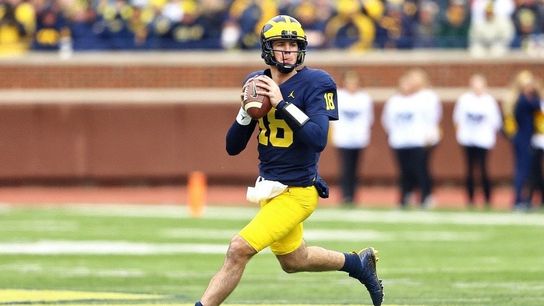It's a phrase you'll see every day on Recruiting Twitter: Don't chase a level, chase a fit. Don't set your eyes on a division or a conference you want to play, pay attention to who really wants you.
It's a lesson that plenty of active college football players are learning the hard way right now.
The NCAA has taken dramatic moves to grant players more freedom of movement over the last year-plus, by no longer requiring players to get their coaches' permission to transfer and by creating the Transfer Portal -- a marketplace where players can enter register their names, allowing other schools to contact them. It's a chance to do the recruiting process all over again, except older, wiser and with real college tape to show new coaches.
Turns out, plenty of players aren't quite as desired as they thought they'd be.
More than 450 players at the Power 5 level alone have entered into the Portal as of this writing -- 247Sportsand ESPN have their own trackers, and more are entering every minute, it seems -- and, according to an analysis by The Athletic's Max Olson, only 20 percent have found a new home at the Power 5 level. Some, like former Michigan quarterback Brandon Peters (above), are still hanging in the Portal, looking for a landing point.
A player entering his name into the Portal can re-create the recruiting process, but only to a point. Schools are still bound by the NCAA limits of 85 scholarships on a roster and 25 per year. Sure, they may hold a handful of spots for transfers, but they're not loading up like they do on Signing Day. They simply don't have the room.
Another difference: If a coach encounters a player on the Portal, he's going to wonder why he's in the Portal in the first place. In most cases, it's not the true sophomore starter that's transferring, it's the redshirt junior he passed up.
“I look at some of these guys that other teams pick up and then I go back and I look at their résumé,” Arizona State head coach Herm Edwards told the site, “and I go, ‘Why would you want a guy with that type of production, with not a lot of production? You might as well go get a freshman guy and build your program.’”
It's a great read for coaches and a necessary word of caution for players. Read the whole thing here.
